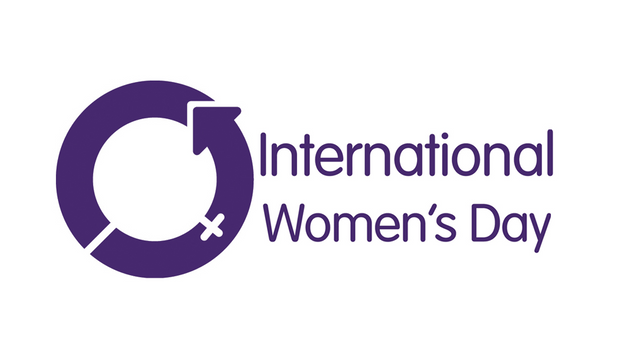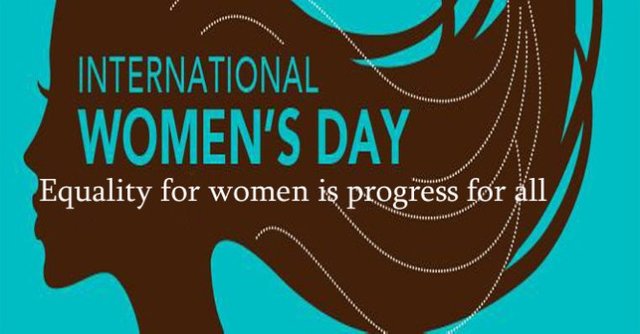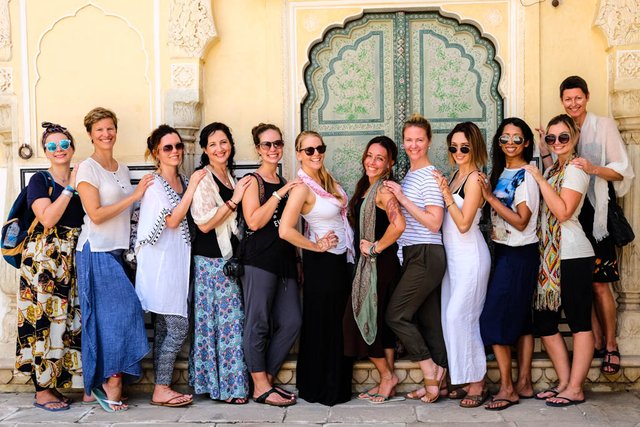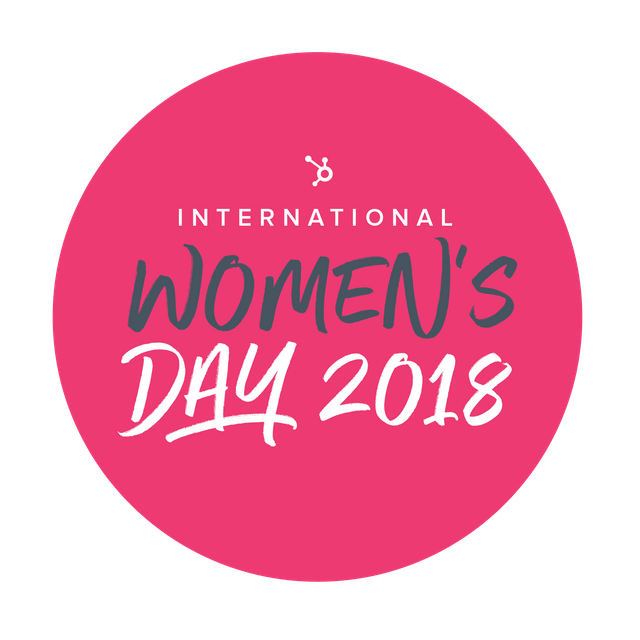Know About Woman,Who Is Woman ?
Woman
A woman is a female human being. The term woman is usually reserved for an adult, with the term girl being the usual term for a female child or adolescent.The term woman is also sometimes used to identify a female human, regardless of age, as in phrases such as "women's rights".
International Women’s Day
International Women’s Day first emerged from the activities of labour movements at the turn of the twentieth century in North America and across Europe.Since those early years, International Women’s Day has assumed a new global dimension for women in developed and developing countries alike. The growing international women’s movement, which has been strengthened by global United Nations women’s conferences, has helped make the commemoration a rallying point to build support for women’s rights and participation in the political and economic arenas.International Women’s Day is a time to reflect on progress made, to call for change and to celebrate acts of courage and determination by ordinary women who have played an extraordinary role in the history of their countries and communities.

img source
1909 The first National Woman's Day was observed in the United States on 28 February. The Socialist Party of America designated this day in honour of the 1908 garment workers' strike in New York, where women protested against working conditions.
1910 The Socialist International, meeting in Copenhagen, established a Women's Day, international in character, to honour the movement for women's rights and to build support for achieving universal suffrage for women. The proposal was greeted with unanimous approval by the conference of over 100 women from 17 countries, which included the first three women elected to the Finnish Parliament. No fixed date was selected for the observance.
1911 As a result of the Copenhagen initiative, International Women's Day was marked for the first time (19 March) in Austria, Denmark, Germany and Switzerland, where more than one million women and men attended rallies. In addition to the right to vote and to hold public office, they demanded women's rights to work, to vocational training and to an end to discrimination on the job.
1913-1914 International Women's Day also became a mechanism for protesting World War I. As part of the peace movement, Russian women observed their first International Women's Day on the last Sunday in February. Elsewhere in Europe, on or around 8 March of the following year, women held rallies either to protest the war or to express solidarity with other activists.
1917 Against the backdrop of the war, women in Russia again chose to protest and strike for "Bread and Peace" on the last Sunday in February (which fell on 8 March on the Gregorian calendar). Four days later, the Czar abdicated and the provisional Government granted women the right to vote.
1975 During International Women's Year, the United Nations began celebrating International Women's Day on 8 March.
1995 The Beijing Declaration and Platform for Action, a historic roadmap signed by 189 governments, focused on 12 critical areas of concern, and envisioned a world where each woman and girl can exercise her choices, such as participating in politics, getting an education, having an income, and living in societies free from violence and discrimination.
2014 The 58th session of the Commission on the Status of Women (CSW58) – the annual gathering of States to address critical issues related to gender equality and women’s rights — focused on “Challenges and achievements in the implementation of the Millennium Development Goals for women and girls”. UN entities and accredited NGOs from around the world took stock of progress and remaining challenges towards meeting the eight Millennium Development Goals (MDGs). The MDGs have played an important role in galvanizing attention on and resources for gender equality and women’s empowerment.

img source
The UN and Gender Equality
The Charter of the United Nations, signed in 1945, was the first international agreement to affirm the principle of equality between women and men. Since then, the UN has helped create a historic legacy of internationally-agreed strategies, standards, programmes and goals to advance the status of women worldwide.
Over the years, the UN and its technical agencies have promoted the participation of women as equal partners with men in achieving sustainable development, peace, security, and full respect for human rights. The empowerment of women continues to be a central feature of the UN's efforts to address social, economic and political challenges across the globe.

img source
The theme for International Women's Day 2018 was'Time is Now: Rural and urban activists transforming women’s lives'.
Woman Health
Women's health refers to health issues specific to human female anatomy. There are some diseases that primarily affect women, such as lupus. Also, there are some sex-related illnesses that are found more frequently or exclusively in women, e.g., breast cancer, cervical cancer, or ovarian cancer. Women and men may have different symptoms of an illness and may also respond to medical treatment differently.

img source
The issue of women's health has been taken by many feminists, especially where reproductive health is concerned. Women's health is located within a wide body of knowledge cited by, among others, the World Health Organization, which places importance on gender as a social determinant of health.
Maternal mortality or maternal death is defined by WHO as "the death of a woman while pregnant or within 42 days of termination of pregnancy, regardless of the duration and site of the pregnancy, any cause related to or aggravated by pregnancy or its management but not from accidental or incidental causes. About 99% of maternal deaths occur in developing countries. More than half of them occur in sub-Saharan Africa and almost one third in South Asia The main causes of maternal mortality are severe bleeding (mostly bleeding after childbirth), infections (usually after childbirth), pre-eclampsia and eclampsia, unsafe pregnancy, and pregnancy complications from malaria and HIV / AIDS.Most European countries, Australia, as well as Japan and Singapore are very safe in regard to childbirth, while Sub-Saharan countries are the most dangerous.

img source
Education
The educational gender gap in Organisation for Economic Co-operation and Development (OECD) countries has been reduced over the last 30 years. Younger women today are far more likely to have completed a tertiary qualification: in 19 of the 30 OECD countries, more than twice as many women aged 25 to 34 have completed tertiary education than have women aged 55 to 64. In 21 of 27 OECD countries with comparable data, the number of women graduating from university-level programmes is equal to or exceeds that of men. 15-year-old girls tend to show much higher expectations for their careers than boys of the same age.While women account for more than half of university graduates in several OECD countries, they receive only 30% of tertiary degrees granted in science and engineering fields, and women account for only 25% to 35% of researchers in most OECD countries.

img source
There is a common misconception that women have still not advanced in achieving academic degrees. According to Margaret Rossiter, a historian of science, women now earn 54 percent of all bachelor's degrees in the United States. However, although there are more women holding bachelor's degrees than men, as the level of education increases, the more men tend to fit the statistics[clarification needed] instead of women. At the graduate level, women fill 40 percent of the doctorate degrees (31 percent of them being in engineering).

img source
While to this day women are studying at prestigious universities at the same rate as men,[clarification needed] they are not being given the same chance to join faculty. Sociologist Harriet Zuckerman has observed that the more prestigious an institute is, the more difficult and time-consuming it will be for women to obtain a faculty position there. In 1989, Harvard University tenured its first woman in chemistry, Cynthia Friend, and in 1992 its first woman in physics, Melissa Franklin. She also observed that women were more likely to hold their first professional positions as instructors and lecturers while men are more likely to work first in tenure positions. According to Smith and Tang, as of 1989, 65 percent of men and only 40 percent of women held tenured positions and only 29 percent of all scientists and engineers employed as assistant professors in four-year colleges and universities were women.

img source
Jobs
In 1992, women earned 9 percent of the PhDs awarded in engineering, but only one percent of those women became professors.[citation needed] In 1995, 11 percent of professors in science and engineering were women. In relation, only 311 deans of engineering schools were women, which is less than 1 percent of the total. Even in psychology, a degree in which women earn the majority of PhDs, they hold a significant amount of fewer tenured positions, roughly 19 percent in 1994

img source
Women with typical genetic development are usually capable of giving birth from puberty until menopause. With regard to gender, a woman may also be a person whose sex assignment does not align with their gender identity,or those who have sexual characteristics that do not fit typical notions of male or female (intersex).

img source
Female human. As intelligent as the male of the species though far more vicious. Usually physically inferior yet very easily enraged. Tend to shy away from physical violence, but they gladly practice mental and emotional abuse against both their male counterparts and their so called “sisters" (I.e. other women.). Likewise, while they are reluctant to partake in such physically violent crimes such as murder, assault and rape this is not because of their self proclaimed moral superiority but rather because most are extremely hesitant to get their hands dirty.

img source
Constantly boasting about how they're superior to men and how all men are disgusting, subhuman mutations. All they have to back up these claims are their wombs (which they seem to believe makes them inherently right) and a few anecdotes about some asshole they used to date.
Other than a few notable individuals, there is very little evidence other than their self important cackling to support their claims of superiority. Furthermore, their assertions that one day they will rise up against the oppressive patriarchy and rule a Utopia in which there is no pain or crime are equally dubious but often hilarious.

img source


Congratulations @ridoy880! You have completed the following achievement on Steemit and have been rewarded with new badge(s) :
Click on the badge to view your Board of Honor.
If you no longer want to receive notifications, reply to this comment with the word
STOP